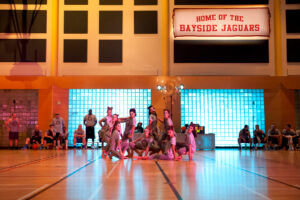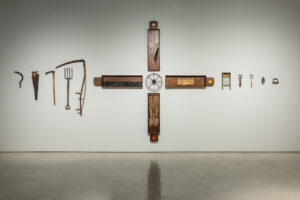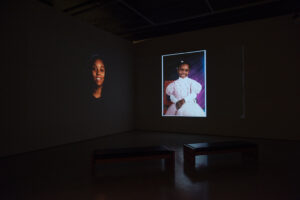What is the intersection between art and the everyday?
Routine Activity is an exhibition of artworks from the Permanent Collection of the AGW selected to explore the theme of the everyday. As guest curator Natalie Olanick reveals, art provides us with many different ways of “experiencing the ordinary.”
In some of Olanick’s choices, we find the everyday in the materials and processes used by the artist. For instance, the exhibition offers examples of painting and drawing, both activities that have historically been emphasized as the main modes of artistic expression. 19th-century artist George Heriot created one of the exhibited works, Dance of the Indian Women, using watercolours. It is peculiar that though he depicted First Nations peoples, they are dressed in conventional European clothing.
Other selections in the exhibition reflect a concern with the everyday through content and its presentation. The concept of time, whether documenting a daily schedule or the attributes of an era, also figures prominently. British artist Richard Hamilton, for example, celebrates modern-day technology, employing “stream of consciousness” logic to celebrate the toaster, a machine invented to add a little convenience and luxury to our mornings. Headpiece for Chapter 34 of the Owl Pen, a print by Lucille Oille, describes the daily duties associated with working on a farm. Similarly, Irene Whittome’s work Bibliographie uses tape, reference cards, and handwritten notes (collected by a student doing research) to make a statement about the ordering of time and information.
This exhibition is the first in a series of shows entitled Artists Select, whereby guest curators interpret the Permanent Collection in unique ways.





